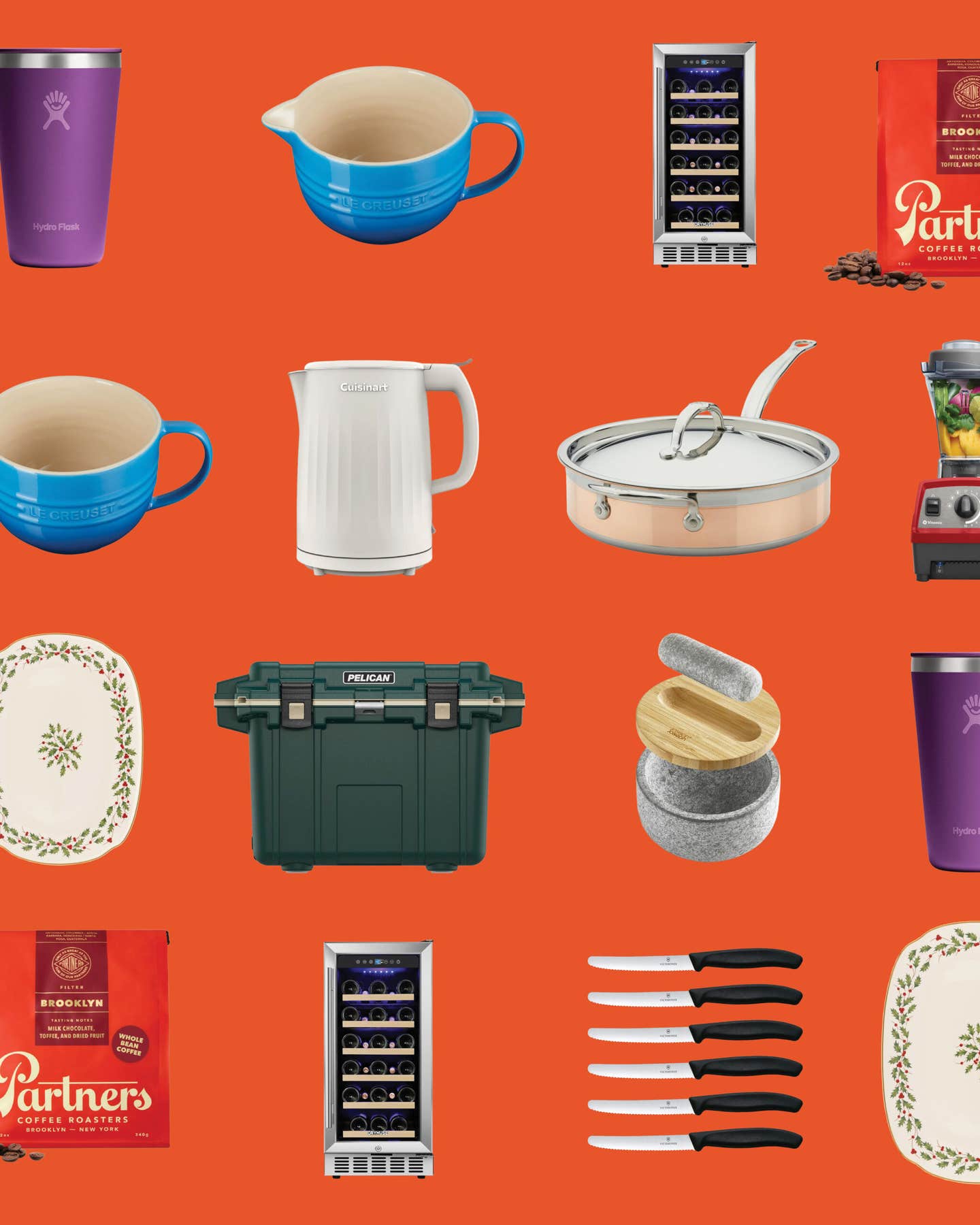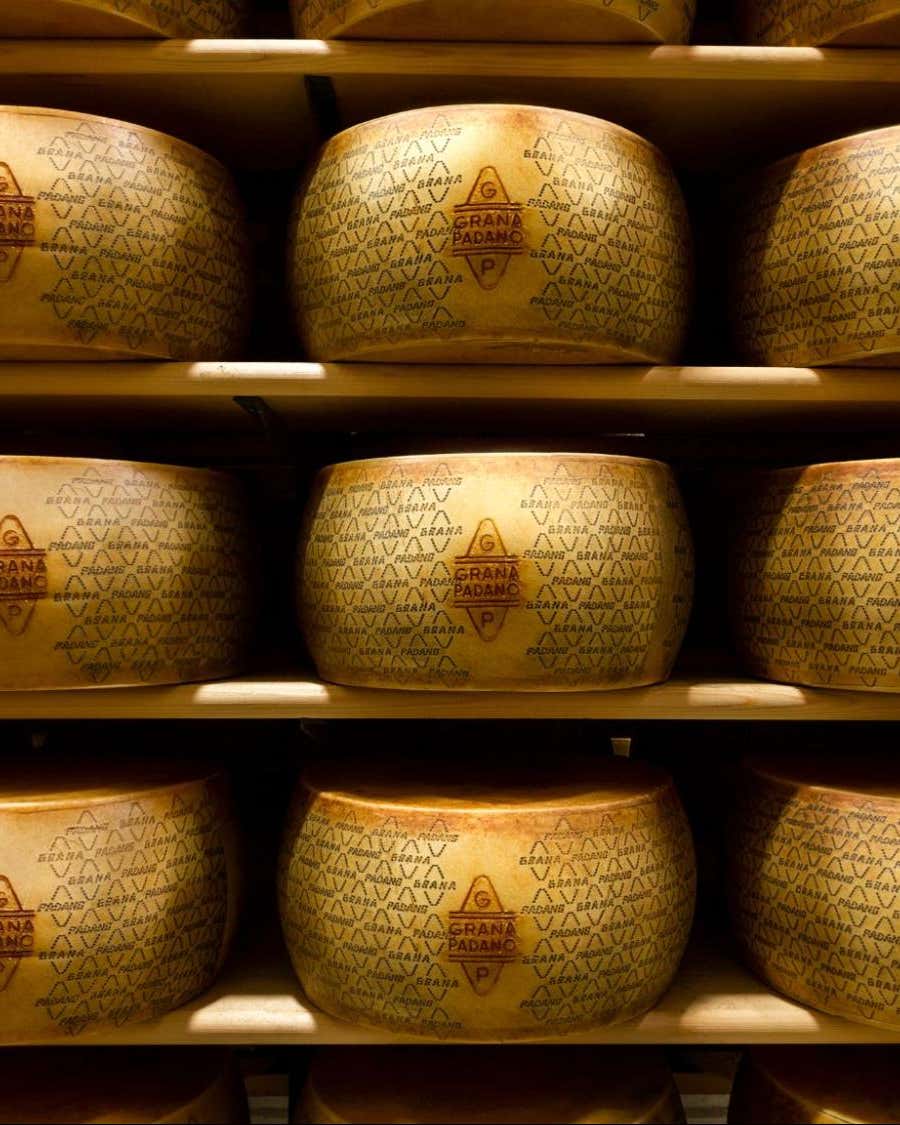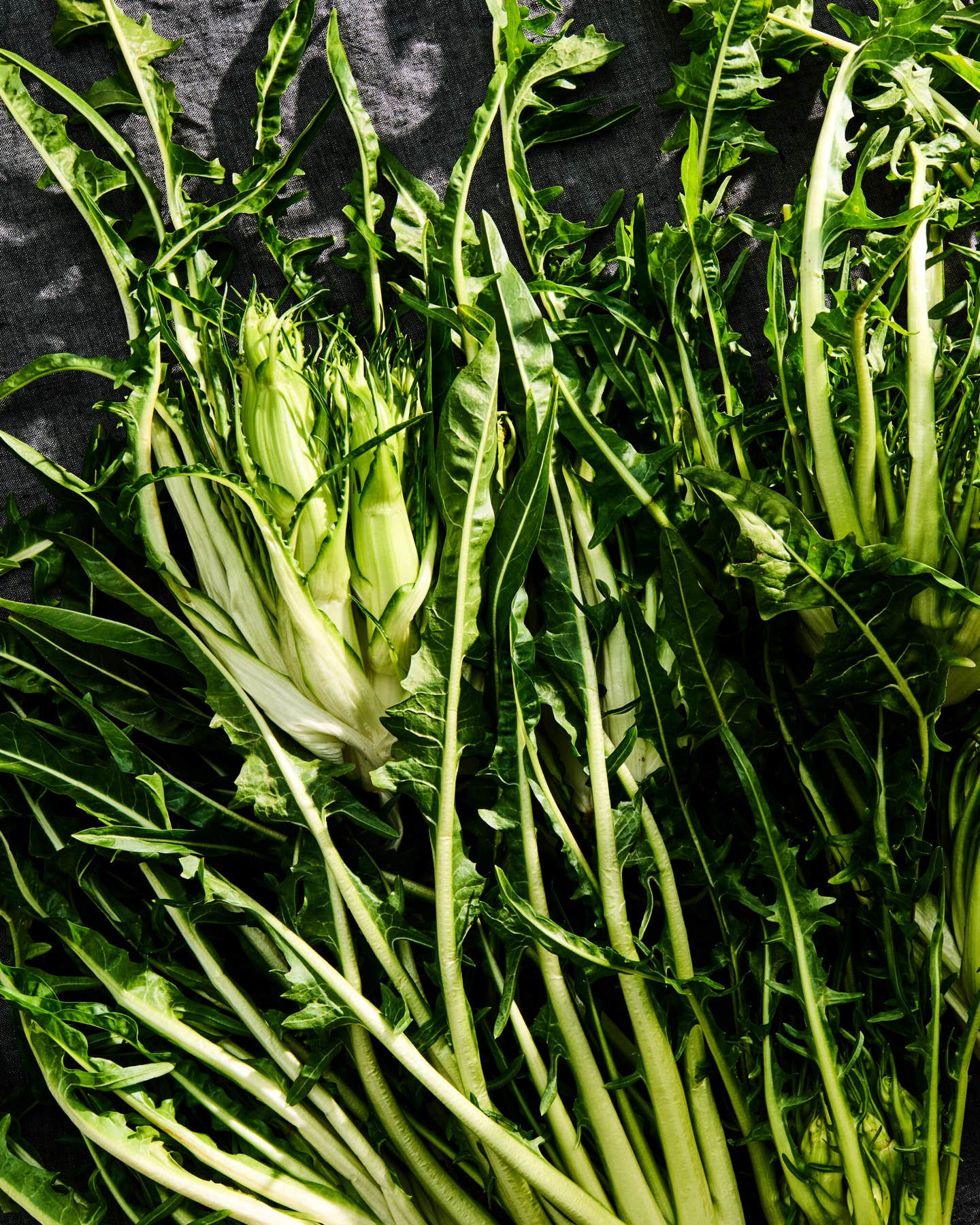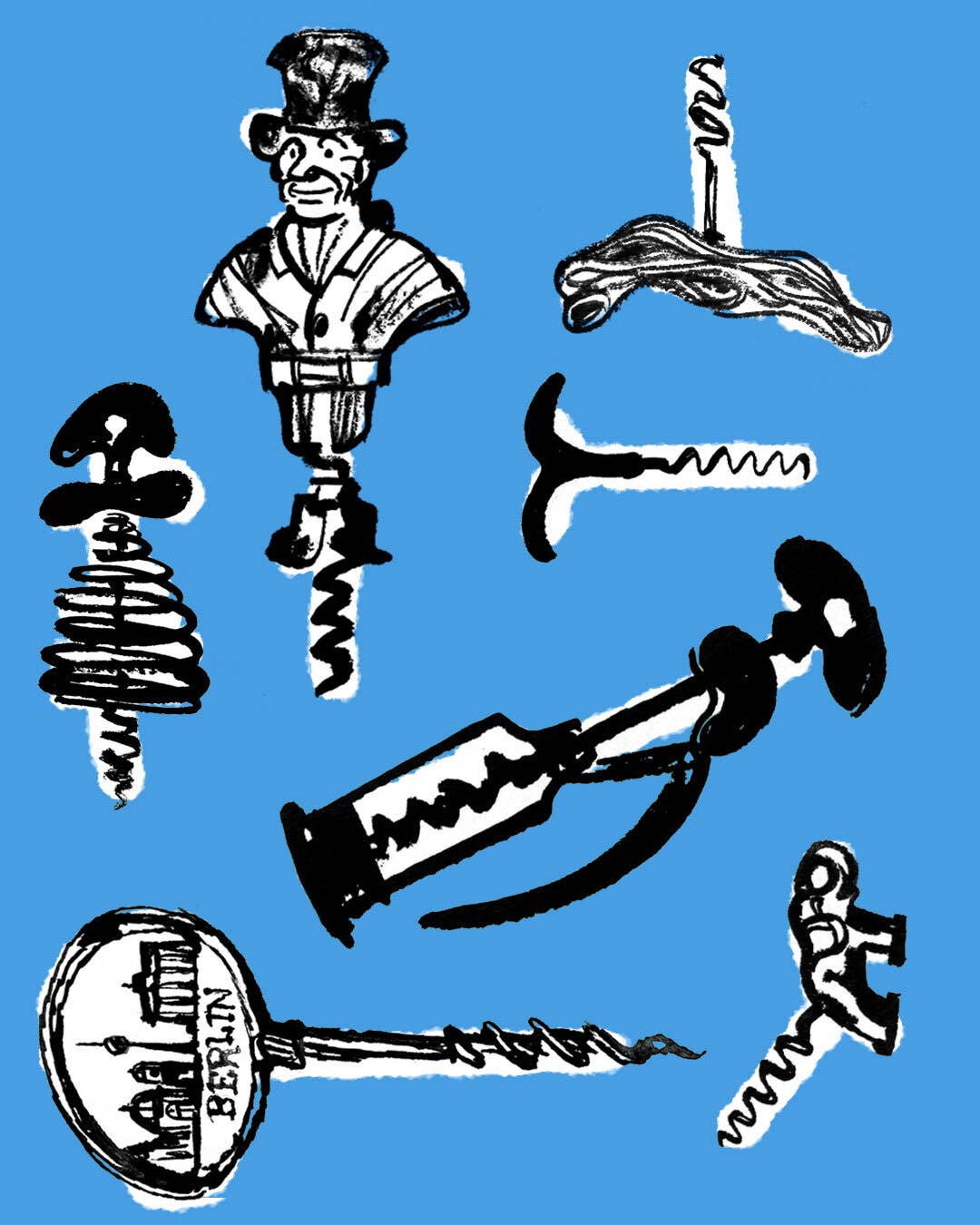
Quark Cheese
People have a tendency to lose their cool at the farmers' market, and who can blame them? All those sparkling vegetables, fresh eggs, and just-baked pastries are enough to work even the most levelheaded food lover into a lather. But I have never seen someone go quite as gaga over farmers' market fare as one stately German ex-pat did recently at the Union Square Greenmarket in New York City when she spied a display of quark.
"Oh my goodness—quark!" she squealed, nearly knocking over a bag of homemade granola as she reached for her prize. "I didn't even know they had it in America!" She hugged the small, white tub to her chest as if greeting an old friend. Needless to say, she walked away with several containers of the stuff.
It turns out, quark (pronounced "kvahrk") accounts for nearly half of all the cheese eaten in Germany, and is also a popular snack throughout Austria (where it is called topfen). As a soft, fresh white cheese, quark falls into the category of curd cheeses, a slightly baffling term as Alan Davidson points out in the Oxford Companion to Food, "…since virtually all cheeses are made from curd." The term refers specifically to fresh, unripened cheeses produced by fermenting cow, goat, or sheep's milk.
While it is tempting to compare quark to similar cheeses, like cottage cheese, ricotta, or labneh, it has its own, distinct personality. Mild and slightly tart, it can range in texture from silky to crumbly, depending on its butterfat content and the amount of whey that has been drained off the curds.
Still, as with other curd cheeses, the simplest applications of quark are often the most satisfying. Try stirring it into warm boiled potatoes mixed with chopped chives, topping a few spoonfuls with fresh fruit and honey, or spreading it on sturdy brown bread with preserves. If you're feeling more adventurous, quark also adds buoyancy to a sticky fig and plum cake, makes a silky accompaniment to maple baked apples or chocolate shortbread tartlets, and livens up salmon and sauerkraut stir-fry.
While quark is far from being common in America, over the last few years, it has started to gain esteem amongst cheese lovers. So scoop some up now, before everyone (not just the excited German ex-pats) hears about it.
Buying Tips
Season: Generally available year-round.
Where to find it: Quark is popping up at more and more farmers' markets across the country. New York's Hawthorne Valley Farm makes it, as does Appel Farms in Washington State, Branched Oak Farm in Nebraska, Ohio's Blue Jacket Dairy (which offers sweet pumpkin-flavored quark in the fall) and California's Spring Hill Cheese, which sells a flavored quark with Meyer lemons. If you cannot find it at a farmers' market near you, look for Vermont Butter & Cheese Company's quark in supermarkets. You can also make your own.
Price: Approximately $12 a pound, but quark is often sold in 8 oz. containers, which go for about $4-$6 each.
Leah Koenig is a freelance writer, home cook, and food columnist for the Forward.
Keep Reading
Continue to Next Story










